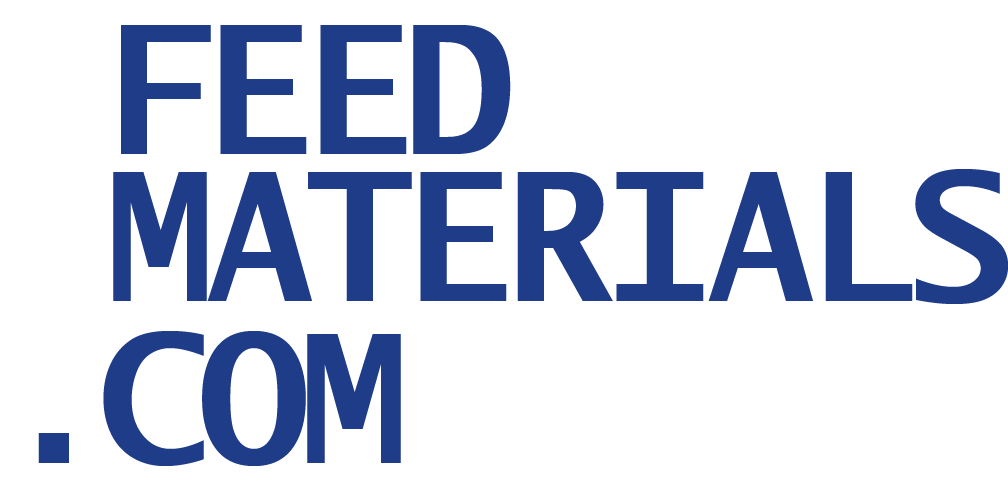Toxins in animal feed, particularly mycotoxins produced by fungi, pose a significant threat to livestock health, affecting growth, immunity, and even leading to death. Clays, due to their unique adsorptive properties, are widely used as toxin binders in animal feed. However, the use of clays as feed additives is not without regulatory scrutiny, especially within the European Union (EU). Understanding EU compliance issues and testing the efficacy of these clays are crucial steps for feed manufacturers and farmers alike.
EU Compliance Issues
The European Union has stringent regulations governing the use of feed additives, including clays used as toxin binders. These regulations are designed to ensure that any additives used in animal feed are safe for both the animals and the consumers of animal products.
1. Regulatory Approval
- In the EU, clays used as feed additives must be approved under Regulation (EC) No 1831/2003, which sets the legal framework for feed additives. Each clay product intended for use as a toxin binder must be evaluated and authorized by the European Food Safety Authority (EFSA) before it can be marketed within the EU.
- Compliance Requirements: Manufacturers must submit detailed dossiers to EFSA, including safety assessments, efficacy studies, and evidence that the clay does not negatively affect animal health or the environment. The clay must also be free from contaminants like heavy metals and dioxins.
2. Labeling and Claims
- The EU requires that any claims made about the efficacy of clay-based toxin binders be substantiated by scientific evidence. Misleading claims are strictly prohibited, and all products must be labeled accurately to reflect their approved uses and benefits.
- Compliance Requirements: Labels must include information on the specific type of clay, its intended use, dosage instructions, and any limitations or restrictions.
3. Contaminant Limits
- The EU has established maximum allowable levels for contaminants in feed additives, including those used as toxin binders. This includes limits on heavy metals such as lead, cadmium, and arsenic, as well as on dioxins and polychlorinated biphenyls (PCBs).
- Compliance Requirements: Regular testing and certification are required to ensure that clay products do not exceed these contaminant limits. Manufacturers must provide documentation proving that their products meet EU standards.
Testing the Efficacy of Clay Toxin Binders
Ensuring the efficacy of clay-based toxin binders is crucial, both for regulatory compliance and for the practical purpose of protecting livestock from mycotoxins. Several methods can be used to test the efficacy of these binders.
1. In Vitro Binding Studies
- Description: In vitro studies are laboratory-based tests that simulate the conditions of the animal’s digestive tract. These tests measure the ability of the clay to bind specific mycotoxins, such as aflatoxins, zearalenone, or fumonisins, under controlled conditions.
- Procedure: The clay is mixed with a solution containing the mycotoxin of interest, and the mixture is then incubated under conditions that mimic the pH and temperature of the animal’s gastrointestinal system. The amount of mycotoxin bound to the clay is measured, typically using high-performance liquid chromatography (HPLC) or similar analytical techniques.
- Outcome: In vitro binding studies provide an initial indication of the clay’s efficacy in binding toxins. However, they do not account for factors like digestion, metabolism, and toxin release, which can occur in vivo.
2. In Vivo Efficacy Trials
- Description: In vivo trials involve feeding the clay to animals and measuring its effectiveness in reducing the absorption of mycotoxins. These studies provide more comprehensive data, as they take into account the full digestive process and the interaction between the clay and other dietary components.
- Procedure: Animals are divided into groups, with one group receiving the clay-based toxin binder and the other serving as a control. Both groups are fed a diet contaminated with a known level of mycotoxins. The levels of mycotoxins in the blood, urine, and tissues of the animals are measured to assess the binder’s efficacy.
- Outcome: In vivo trials offer robust evidence of the effectiveness of clay toxin binders, as they reflect real-world conditions. These studies are often required for regulatory approval and for substantiating product claims.
3. Field Trials
- Description: Field trials are conducted under commercial farming conditions to assess the practical efficacy of the clay toxin binders. These trials are valuable for understanding how the product performs in real-world scenarios, considering factors like feed composition, animal health, and environmental conditions.
- Procedure: The binder is added to the feed of a commercial flock or herd, and outcomes such as health status, growth rates, and milk or egg production are monitored. The incidence of mycotoxin-related symptoms and the overall economic impact are also evaluated.
- Outcome: Field trials provide practical insights into the efficacy and economic benefits of using clay toxin binders. They are essential for validating the results of laboratory and in vivo studies.
Conclusion
The use of clay-based toxin binders in animal feed is a valuable strategy for mitigating the effects of mycotoxins, but it comes with regulatory challenges, especially within the EU. Compliance with EU regulations requires manufacturers to rigorously test and document the safety and efficacy of their products. By conducting in vitro studies, in vivo trials, and field tests, producers can demonstrate the effectiveness of their clays in binding toxins and securing regulatory approval. Ultimately, these efforts lead to safer animal products, healthier livestock, and more profitable farming operations.


Leave a Reply